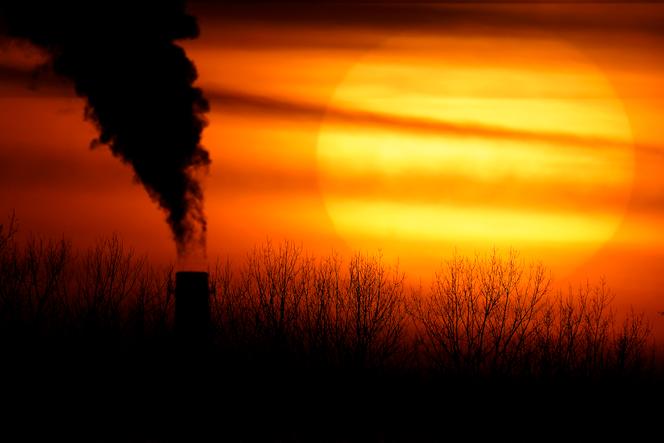


The United Nations warned on Wednesday, May 28, that there is a 70% chance that average warming from 2025 to 2029 will exceed the 1.5° Celsius international benchmark. The planet is therefore expected to remain at historic levels of warming after the two hottest years ever recorded in 2023 and 2024, according to an annual climate report published by the World Meteorological Organization, the UN's weather and climate agency.
"We have just experienced the 10 warmest years on record," said the WMO's deputy secretary-general Ko Barrett. "Unfortunately, this WMO report provides no sign of respite over the coming years, and this means that there will be a growing negative impact on our economies, our daily lives, our ecosystems and our planet."
The 2015 Paris climate accords aimed to limit global warming to well below 2°C above pre-industrial levels – and to 1.5°C if possible. The targets are calculated relative to the 1850-1900 average, before humanity began industrially burning coal, oil and gas, which emits carbon dioxide (CO2) – the greenhouse gas largely responsible for climate change.
The more optimistic 1.5°C target is one that growing numbers of climate scientists now consider impossible to achieve, as CO2 emissions continue to rise.
The WMO's latest projections are compiled by Britain's Met Office national weather service, based on forecasts from multiple global centres. The agency forecasts that the global mean near-surface temperature for each year between 2025 and 2029 will be between 1.2°C and 1.9°C above the pre-industrial average.
It says there is a 70% chance that average warming across the 2025-2029 period will exceed 1.5°C. "This is entirely consistent with our proximity to passing 1.5°C on a long-term basis in the late 2020s or early 2030s," said Peter Thorne, director of the Irish Climate Analysis and Research Units group at the University of Maynooth.
"I would expect in two to three years this probability to be 100%" in the five-year outlook, he added. The WMO says there is an 80% chance that at least one year between 2025 and 2029 will be warmer than the warmest year on record (2024).
Every fraction of a degree of additional warming can intensify heatwaves, extreme precipitation, droughts, and the melting of ice caps, sea ice and glaciers. This year's climate is offering no respite.
Last week, China recorded temperatures exceeding 40°C in some areas, the United Arab Emirates nearly 52°C and Pakistan was hit by deadly winds following an intense heatwave.
"We've already hit a dangerous level of warming," with recent "deadly floods in Australia, France, Algeria, India, China and Ghana, wildfires in Canada," said climatologist Friederike Otto of Imperial College London. "Relying on oil, gas and coal in 2025 is total lunacy."
Arctic warming is predicted to continue to outstrip the global average over the next five years, said the WMO. Sea ice predictions for March 2025-2029 suggest further reductions in the Barents Sea, the Bering Sea and the Sea of Okhotsk.
Forecasts suggest South Asia will be wetter than average across the next five years. And precipitation patterns suggest wetter than average conditions in the Sahel, northern Europe, Alaska and northern Siberia, and drier than average conditions over the Amazon.
